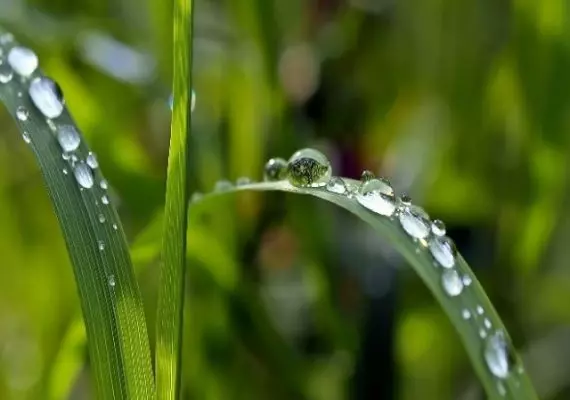
In the Agricultural Restructuring and Modernization Agency database in 2016, approximately 840 thousand farms were maintaining permanent grasslands. Despite liming being one of the most important agronomic practices affecting the quality and yield of plants grown on them, this practice is often overlooked by farmers, leading to gradual acidification. It is estimated that as much as 40% - 50% of grasslands (about 1.1 million hectares) are significantly acidified and require immediate liming. Acidic grasslands have poor yields because noble species of grasses and legumes are displaced from the sward. As a result, the fodder obtained from them has low nutritional value, containing little protein and mineral components. Liming of grasslands should be carried out immediately when their pH on mineral soils drops below pH 5.0, and on organic soils below pH 4.5. It is assumed that the optimal pH of meadows and pastures on mineral soils should be pH 5.5-6.5. However, if legumes are present in the sward, it should not be lower than pH 6.0. In the case of grasslands on organic soils, their pH should be pH 5.0, and if legumes are present in the sward, it should be pH 5.3. Lowering the pH of meadows or pastures on mineral soils below pH 6.0, and on organic soils below pH 5.3, causes a rapid decline in leguminous plants in the sward. Liming of grasslands should be carried out after the last mowing of the meadow or grazing of the pasture. The best time to perform this treatment is late autumn, i.e., from October to November. Liming can sometimes be carried out during the winter period, but several legal restrictions make it difficult to carry out this treatment. One of the most significant limitations is that the liming of grasslands in winter is not allowed if there is a risk of lime leaching into groundwater. Therefore, it is safer to lime grasslands in the late autumn period. In the case of mineral soils with very acidic and acidic pH, we apply from 0.5 to 3.0 tons of CaO·ha-1,-1and in the case of grasslands located on organic soils, we apply from 1.0 to 2.5 tons of CaO·ha-1 every 4-6 years.-1 every 4-6 years.Significant liming needs are shown by soils intended for alternate grasslands, where grass-legume mixtures are most often sown.
A much better solution is to prevent grassland soils from acidification and maintain their pH at an optimal level, i.e., pH 6.0 (for mineral soils) or pH 5.3 in the case of meadows and pastures on organic soils. These soil pH values allow for better utilization of applied mineral and organic fertilizers and obtaining a sward containing leguminous plants and high-quality pasture grasses such as Timothy, cocksfoot, meadow fescue, or meadow foxtail.
Therefore, Polcalc Sp.zo.o. Polcalc Sp.zo.o. company promotes an innovative system of liming grasslands, using granulated carbonate limes such as Polcalc III Generation and SuperMag containing 42% high-reactive magnesium carbonate. These limes should be applied to grasslands every 2-3 years at doses ranging from 800 to 1000 kg·ha-1.-1Systematic use of granules: Polcalc III Generation and SuperMag Polcalc III Generation and SuperMag contribute to maintaining the optimal soil pH, and farmers obtain high-quality fodder for ruminants containing 0.7% calcium in dry matter. Along with proper plant nutrition with calcium, the content of other mineral components, especially phosphorus and magnesium, increases in them. These elements are essential for the proper development of the skeletal and muscular systems of animals. Under the influence of calcium, the digestibility of hemicellulose increases, and feed intake by animals increases. Liming grasslands with Polcalc III Generation or SuperMag SuperMag lime is necessary not only on neglected objects but also on meadows and pastures properly managed. Because naturally, in such positions, there is a decrease in soil pH and a decrease in calcium and magnesium content in the soil due to their uptake by high-quality grasses and legumes or their leaching on lighter soils. On well-maintained, properly managed grasslands, we recommend applying an annual dose of 300-500 kg·ha-1-1 of granulated Polcalc III Generation or SuperMag on grasslands with low available magnesium content.
Information on the purchase of granulated lime fertilizers:
Polcalc III Generation
can be obtained by calling: 880-880-801






